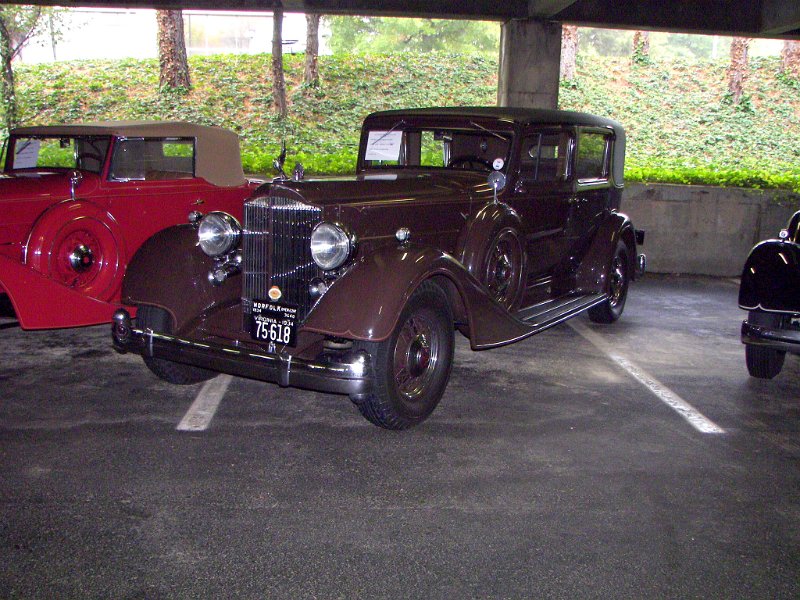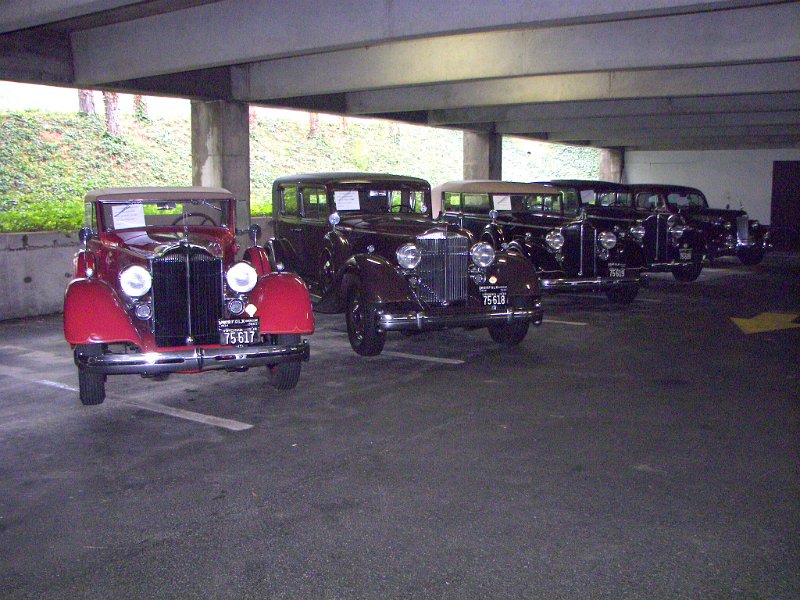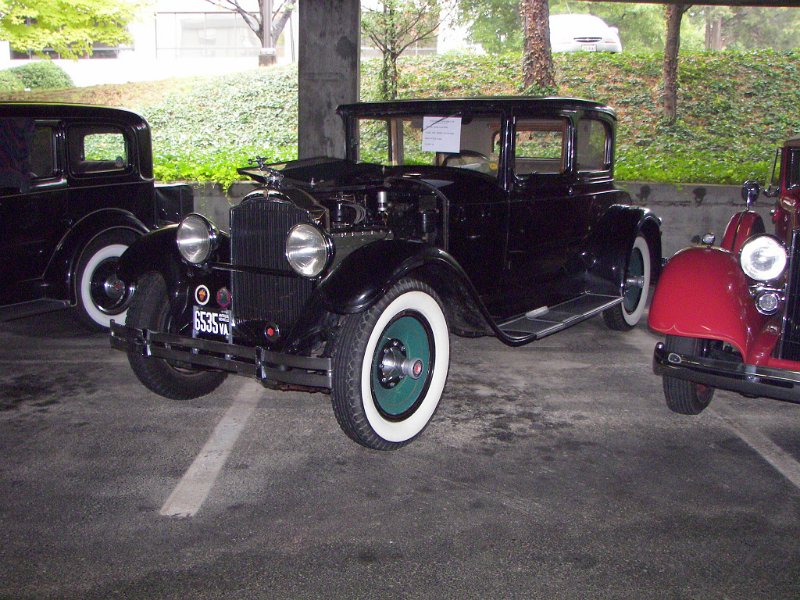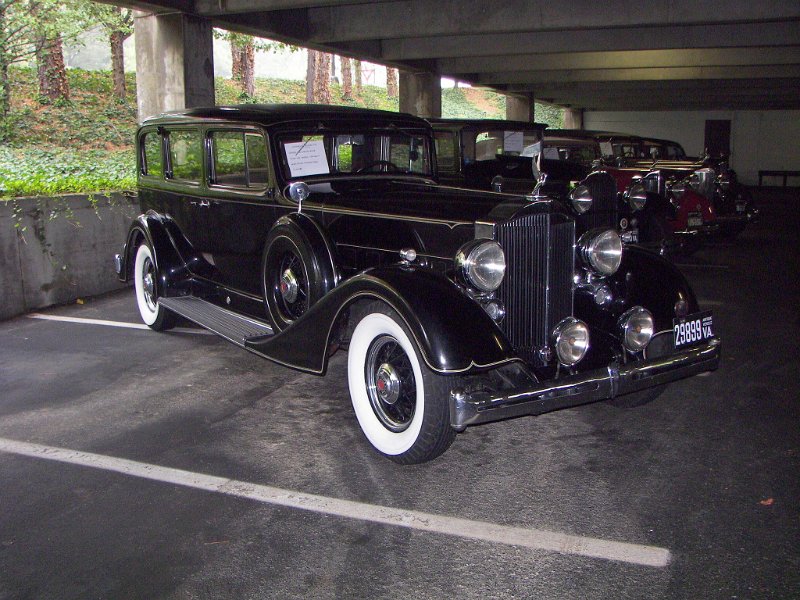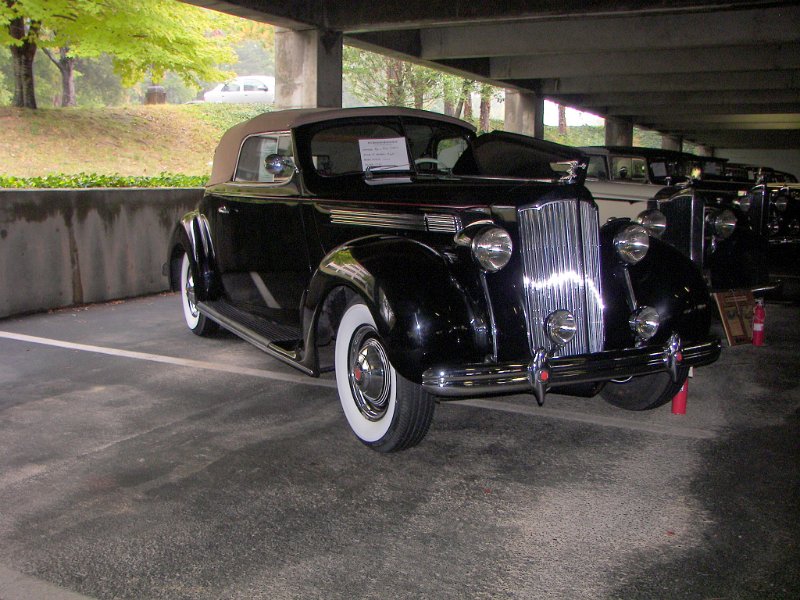Wat_Tyler
Allah's Favorite
- Joined
- Apr 12, 2004
- Posts
- 54,260
Figures.

Forced to fight for his ideas every step of the way, Mitchell became a skilled public figure, who had a talent to attract and win over media and public attention. In 1924, his superior, Major General Mason Patrick, sent Mitchell on an inspection tour of Hawaii and Asia in an attempt to get him and his pesky reform arguments out of the limelight for a while. Mitchell returned with a 324-page report. In this report, he predicted that Japan will attack the United States sometime in the future, and that the attack will involve an aerial raid on Pearl Harbor. He also foresaw, correctly, that the goal of the raid would be to cripple the U.S. fleet there and keep it in place while Japan invaded the Philippines (which is exactly what Japan did in 1941). He guessed that Japan would attack a 7:30 a.m., a forecast that was uncannily close to the actual time of the attack, 7:55 a.m. Mitchell did get one important detail wrong. Even he couldn't foresee the ability of a carrier-based fleet to launch a heavy aerial force, and thus he assumed the Japanese attack would come from Japanese-held islands in the Pacific.
The report was ignored by the government and the military…with one notable exception. A government official went on record saying "Should there be such a war, America would have to fight it a long way from home...It would be gravely embarrassing to the American people if the ideas of your General Mitchell were more appreciated in Japan than in the United States," also adding "Our people will cheer your great Mitchell and, you may be sure, will study his experiments." The only problem was that even this acknowledgment didn't come from an American politician, but from a member of the Japanese Parliament, who witnessed one of Mitchell's demonstrations of anti-naval air power as a foreign observer.



